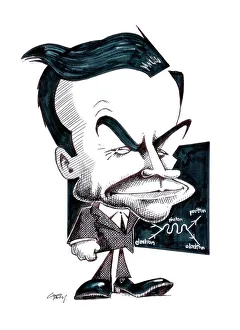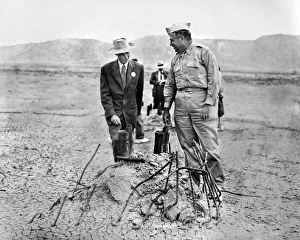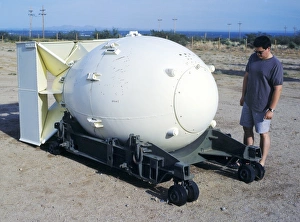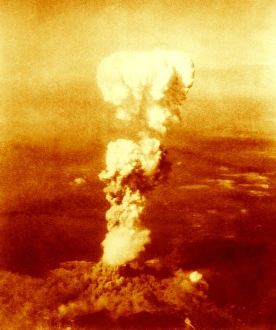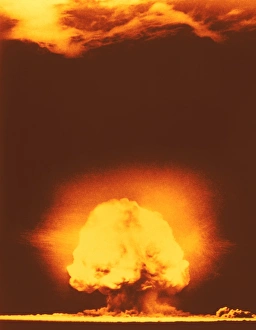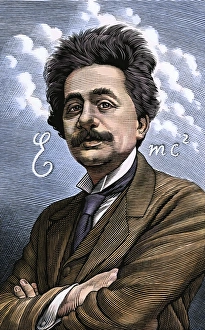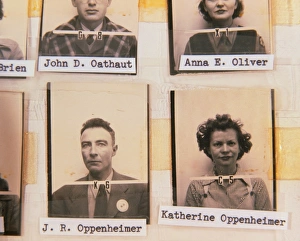Manhattan Project Collection
"The Manhattan Project: Unleashing the Power of Science and Secrecy" During World War II
All Professionally Made to Order for Quick Shipping
"The Manhattan Project: Unleashing the Power of Science and Secrecy" During World War II, a group of brilliant minds came together in a top-secret mission that would change the course of history forever. Led by scientific director J. Robert Oppenheimer and military director Major General Leslie Groves, the Manhattan Project aimed to develop an atomic bomb. One key figure in this project was Richard Feynman, an American physicist known for his exceptional contributions to quantum mechanics. His expertise played a vital role in understanding the complex science behind harnessing nuclear energy. As Oppenheimer inspected atomic test sites at Los Alamos, New Mexico, alongside Groves, they witnessed firsthand the immense power they were about to unleash upon the world. The Plutonium Atomic Bomb became their ultimate creation – a weapon capable of unimaginable destruction. But it wasn't just scientists like Feynman who were involved; even Albert Einstein himself spoke out about the potential dangers of such technology as early as 1940. His concerns echoed throughout Washington years before he became synonymous with his famous equation E=mc². Enrico Fermi, an Italian-born American nuclear physicist, also played a crucial role within this secretive project. With his brilliance and determination, Fermi contributed significantly to developing atom bombs that could bring nations to their knees. The culmination of these efforts resulted in two devastating bombings – Hiroshima and Nagasaki – where thousands lost their lives instantly or suffered from long-term effects due to radiation exposure. The A-bomb Fat Man was unleashed upon Japan with catastrophic consequences that still resonate today. The Manhattan Project remains one of humanity's most significant achievements but also serves as a stark reminder of our capacity for destruction when driven by fear and desperation. It stands as both a testament to human ingenuity and a cautionary tale about wielding such power responsibly.

